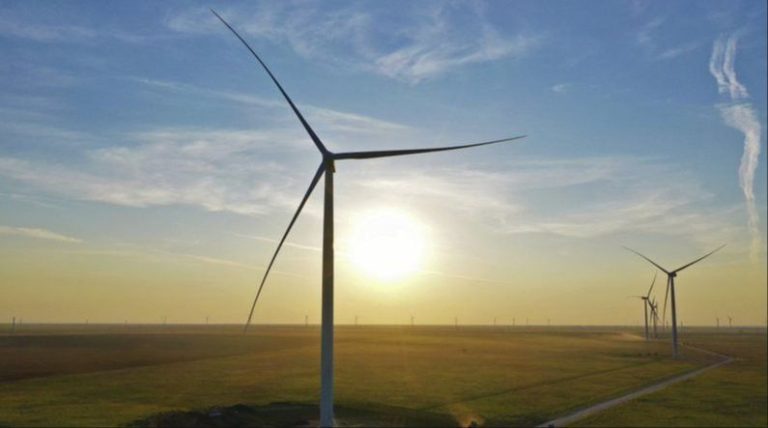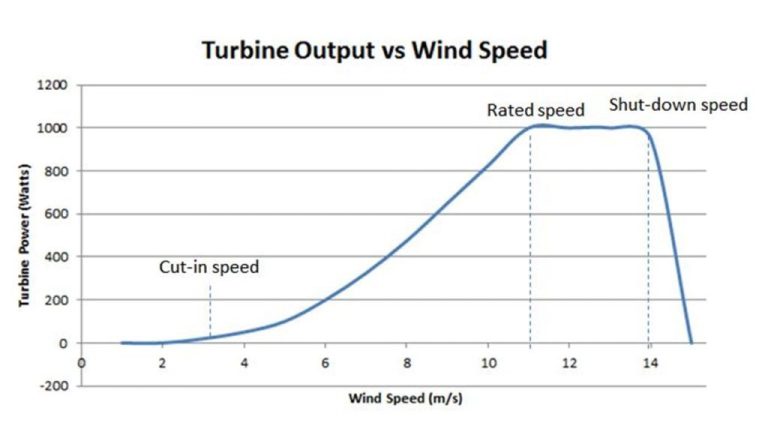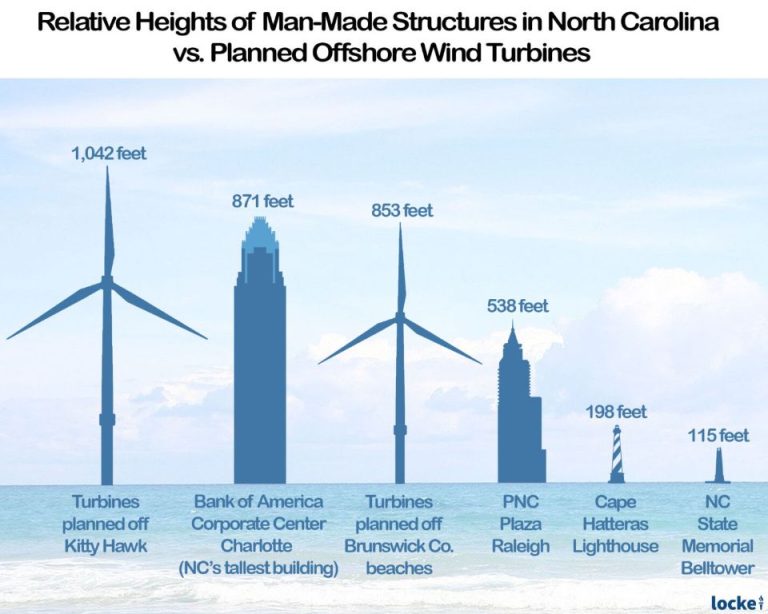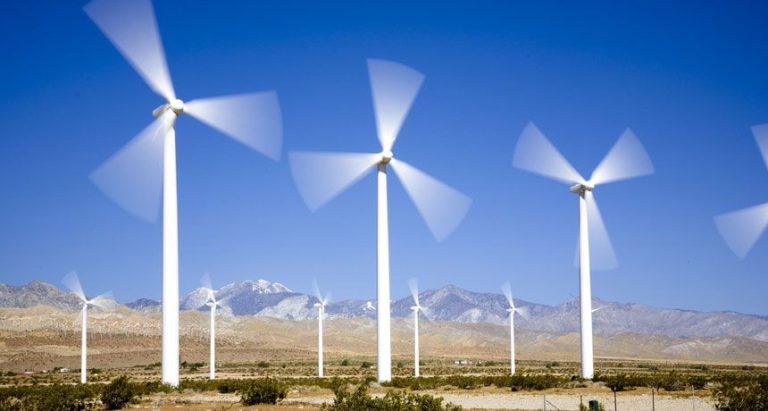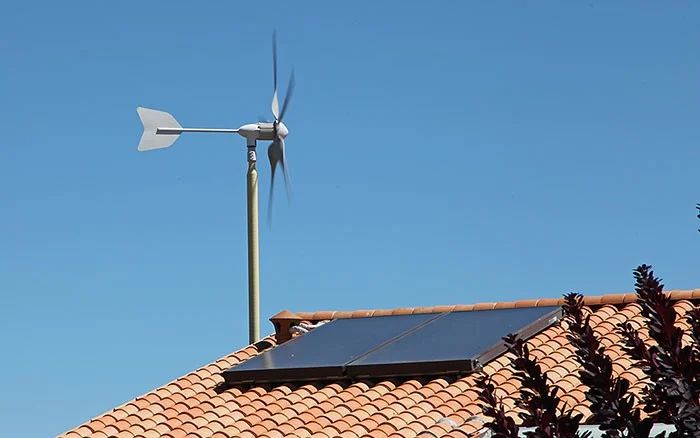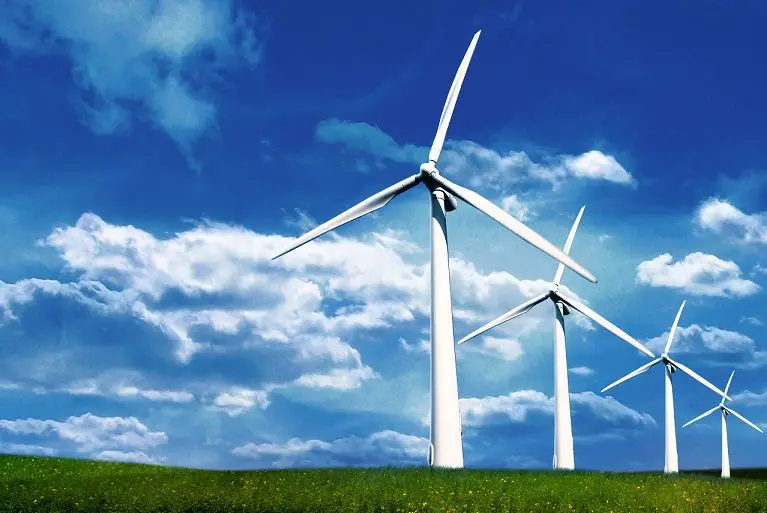Why Do People Not Want Wind Turbines?
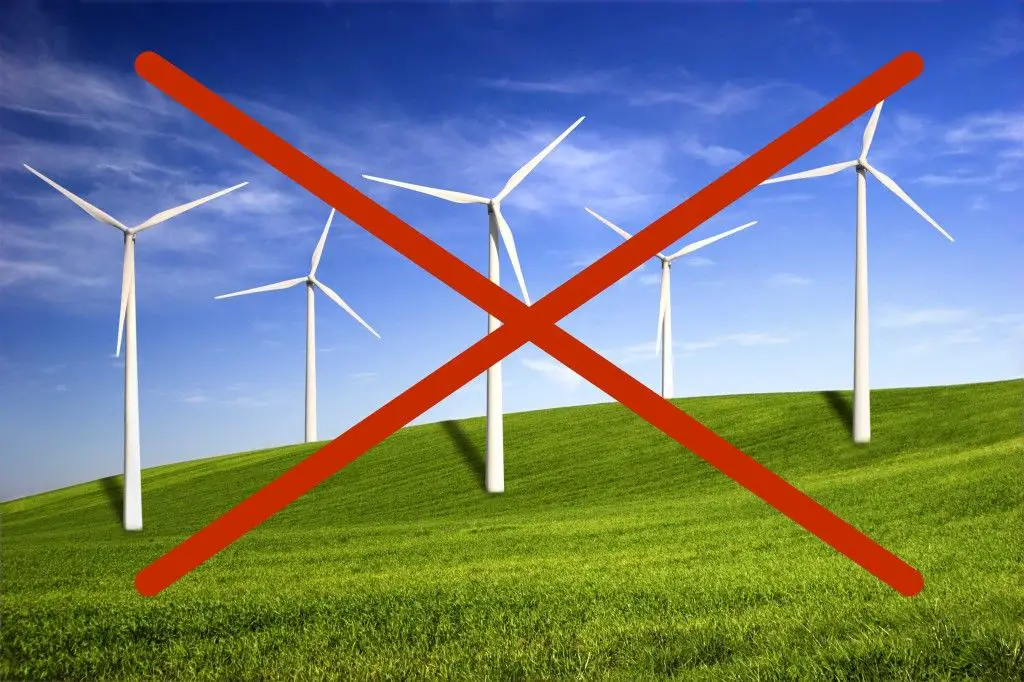
Wind power has emerged as a rapidly growing source of renewable energy over the past few decades. As wind farms with large turbines have proliferated across landscapes, they have also given rise to opposition in some communities (https://www.pnas.org/doi/10.1073/pnas.2302313120). Surveys show that while a majority of people support wind power in general, opposition arises once turbines are proposed locally. This phenomenon, known as “not in my backyard” (NIMBYism), has stalled and blocked wind projects in many areas.
This article examines the primary reasons that drive opposition to wind turbines when communities are faced with local projects. From noise and visual impacts to effects on wildlife and health concerns, various factors make some residents reluctant to accept turbines in their neighborhoods. Understanding these perspectives can help bridge the divide over wind power and allow for solutions that address community concerns.
Visual Impacts
Many people oppose wind turbines because they can negatively impact the visual landscape. Wind turbines are very large structures, with modern turbines standing around 500 feet tall, and having blade spans over 300 feet wide. This means they dominate the view and fundamentally alter the visual characteristics of the landscape (Wind Energy Projects and the Viewshed – WINDExchange).
Wind farms comprising dozens or even hundreds of turbines can dramatically change the views from homes, public spaces, historic sites, and scenic vistas. Studies like visual impact analyses can accurately portray how wind turbines affect aesthetics and help local residents better understand the visual impact of proposed projects (Visual Impact Analysis | Wind Energy).
The visual impact of wind turbines depends on factors like the size, number, and layout of the turbines, as well as the characteristics of the surrounding landscape. More natural landscapes, like mountains and shorelines, are more susceptible to visual disruption from wind projects than developed areas (Visual Impacts).
Noise
One of the biggest concerns people have about wind turbines is the noise they produce. According to the Department of Energy, land-based utility-scale wind turbines generate noise levels between 35-45 decibels when heard from 300 meters away (https://windexchange.energy.gov/projects/sound). In comparison, GE Renewable Energy says background noise in most places ranges from 40-45 decibels, meaning turbine noise can often blend into ambient noise (https://www.ge.com/news/reports/how-loud-is-a-wind-turbine).
There are a few main sources of noise from wind turbines:
- Mechanical noise from the gearbox and generator inside the nacelle
- Aerodynamic noise from the blades moving through the air, causing a “whooshing” sound
- Low frequency noise that is below the normal hearing threshold but can still be disturbing
While modern turbines are less noisy than older models, the noise generated can still bother some people living near wind farms. Issues like sleep disturbance have been reported within a mile or so of turbines.
Wildlife Impacts
Wind turbines can have negative impacts on wildlife, especially birds and bats. One of the biggest concerns is collisions – birds and bats can fly into moving turbine blades and be killed. A 2012 study found that wind projects kill 0.269 birds per gigawatt-hour of electricity produced, compared to 5.18 birds killed per gigawatt-hour from other sources like buildings and transmission lines (https://climate.mit.edu/ask-mit/do-wind-turbines-kill-birds). Estimates suggest that turbines in North America kill between 600,000 to 949,000 bats each year (https://www.theatlantic.com/science/archive/2021/07/bat-dogs-wind-turbines/619482/).
Researchers are studying when these deaths peak in order to help wind farm operators take preventative measures. One recent study found bat fatalities were highest during low wind periods in late summer and fall (https://www.usatoday.com/story/news/nation/2023/09/16/wind-turbine-bird-death-research/70836306007/). There are ongoing efforts to find solutions that can reduce wildlife impacts, like improved turbine design and strategic operation during migration seasons.
Shadow Flicker
Shadow flicker is an effect that occurs when the sun passes behind the rotating blades of a wind turbine, causing a flickering shadow. As the blades rotate, they periodically cast moving shadows through constrained openings such as the window of a home (Wind Energy Projects and Shadow Flicker – WINDExchange, n.d.). The flickering shadows, known as shadow flicker, can be annoying to some people.
Shadow flicker is caused by the sun shining through the moving blades of wind turbines when the sun is low on the horizon. The effect occurs in the mornings and evenings when the sun is at a low angle. The flickering shadows occur only within a certain distance of the turbines and when the sun is visible through the blades as they rotate (Wind Turbines and Shadow Flicker: Facts and Proven Mitigation Strategies, 2021). The flickering effect occurs because of the contrast between the periodic shadows and the brighter ambient light.
The frequency of the flickering depends on the speed of the turbine blades and the number of blades. A turbine with three blades rotating at 20 rpm would cause shadow flicker at a frequency of 60 flashes per minute when the sun is directly behind the blades. Faster spinning turbines and ones with more blades can cause even higher flicker frequencies (Wind Turbines and Shadow Flicker: Facts and Proven Mitigation Strategies, 2021).
Health Concerns
Some people living near wind turbines have reported negative health effects that they attribute to the turbines. According to a literature review by Knopper et al. (2014), the most commonly reported health effects include annoyance, stress, sleep disturbance, headache, and fatigue.
A study by Jeffery et al. (2013) found that people living within 1.4 kilometers of wind turbines reported higher levels of stress and poorer sleep quality than those living further away. The researchers suggested wind turbine noise as a potential cause of these symptoms. However, the study relied on self-reported data and did not include baseline measurements prior to turbine operation.
Headaches have also been frequently cited as a problem by people living near wind turbines. A large-scale study by Pawlaczyk-Łuszczyńska et al. (2014) found a higher prevalence of headaches among people living near wind farms. However, the cross-sectional design means causation cannot be inferred. Overall, the evidence linking wind turbines to direct health effects remains inconclusive.
Property Values
Some local residents have expressed concerns that having wind turbines visible from their properties could negatively impact property values. There is debate around whether the presence of wind turbines actually affects property values or not.
According to a study by the U.S. Department of Energy, data shows no clear evidence that home prices consistently drop within a certain distance from turbines. Their research found that living near wind turbines does not significantly reduce property values.
However, the National Association of Realtors has stated that some homeowners worry about decreasing property values from wind turbines. They report that properties very close to turbines have experienced drops in value in some cases. This may be most noticeable within 0.5-1 mile of the turbines.
Overall, limited data is available and results are mixed on how nearby wind projects impact property values. More research is needed, but proximity seems to play a role. Homes very near turbines are more likely to be impacted.
Local Opposition
There are numerous grassroots groups that have formed to oppose specific wind energy projects in their communities. Some examples of active anti-wind groups include:
North American Platform Against Windpower (NA-PAW) – This group stands against the interests of wind energy companies and advocates against further wind farm development across North America.
People Against Wind Turbines – With over 5,000 members, this Facebook group provides a forum for individuals to share information and strategies to stop wind turbine projects.
Wind Energy Opposition and Action Groups – This site maintained by National Wind Watch lists hundreds of local anti-wind groups throughout the United States and other countries.
Policy Support
Governments have implemented policies that support the development of wind power projects through subsidies and incentives. According to NPR, federal subsidies like the production tax credit have helped drive growth in wind energy. However, when subsidies are reduced or threatened, it can stall new wind farm construction.
Some governments have also used eminent domain laws to aid development of wind projects. Eminent domain allows governments to take private property for public use with payment of compensation to the owner. This can enable building wind farms on land where owners are unwilling to negotiate voluntary sales or leases. However, it remains controversial as some argue it violates private property rights. There have been lawsuits challenging eminent domain for wind projects, like an unsuccessful case in Kansas reported by Smith.
Conclusion
In summary, while wind turbines offer important benefits like clean energy and reduced reliance on fossil fuels, they also raise legitimate concerns for many local communities. Opponents worry about visual impacts on landscapes, noise pollution, harmful effects on wildlife, flickering shadows, declining home values, and potential health issues. However, with careful planning and siting, many of these impacts can be mitigated. Wind energy enjoys strong policy support as an affordable way to combat climate change, but projects require community backing. Achieving consensus will depend on open communication and balancing broader societal priorities with local quality of life. Though opposition exists, with compromise and care for local needs, wind can still play a vital role in our energy future.

